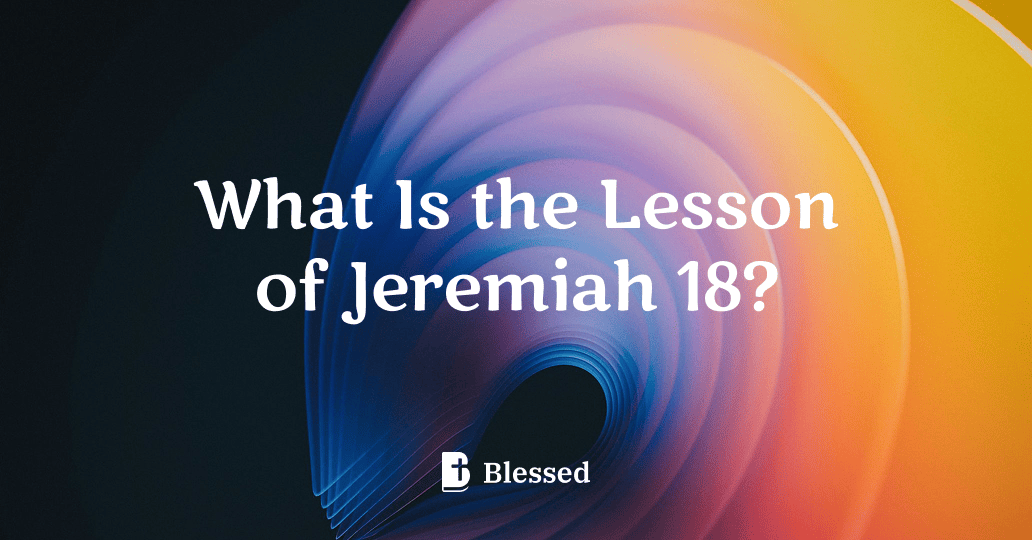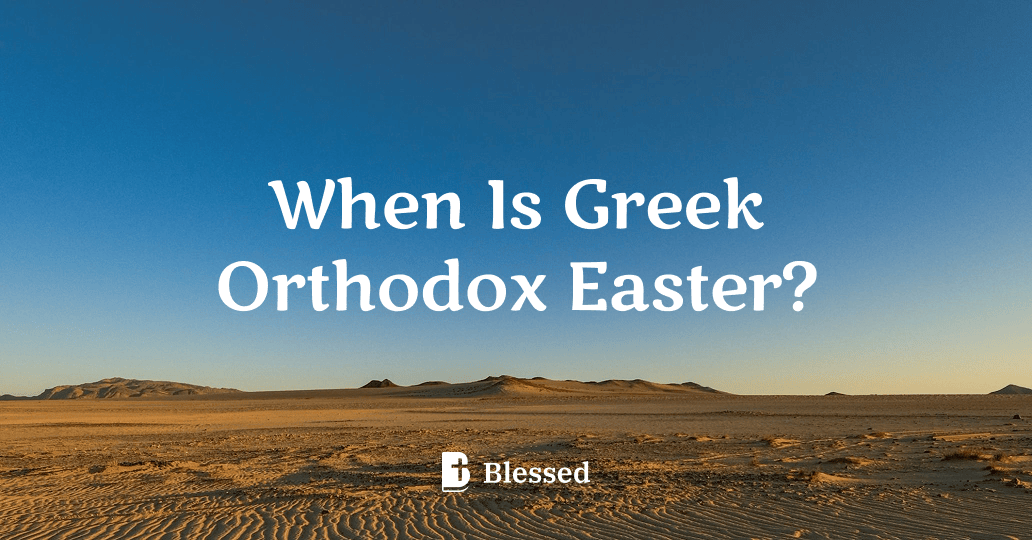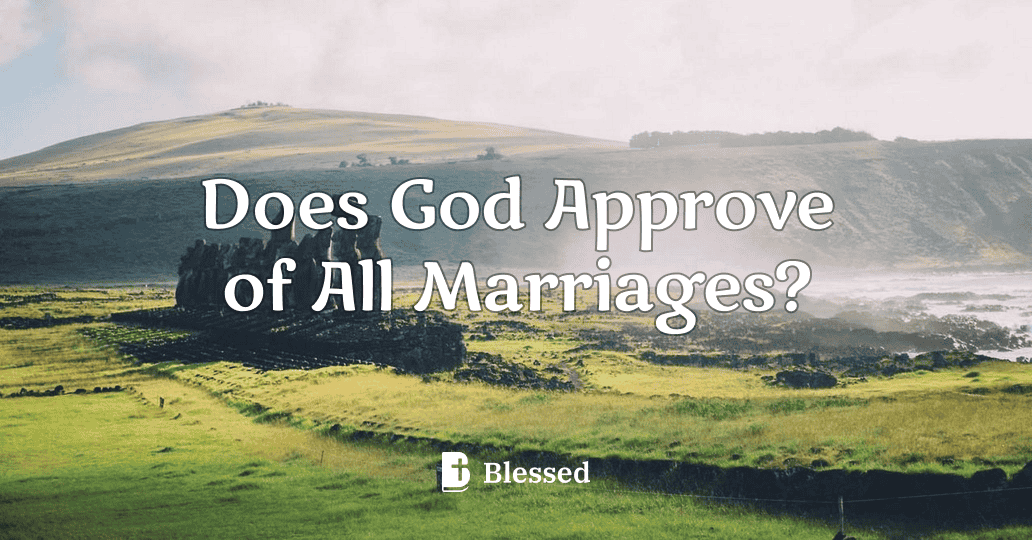What Is the Lesson of Jeremiah 18?
- god
- jeremiah
- potter
- clay
- people

What Is the Lesson of Jeremiah 18?
The lesson of Jeremiah 18 centers on God's sovereignty and His willingness to reshape His people based on their actions. This chapter uses the metaphor of a potter and clay to illustrate how God, like a potter, has the authority to mold the nation of Israel according to His will.
The Potter and the Clay Metaphor
In Jeremiah 18, God instructs the prophet to observe a potter working with clay. When the clay becomes flawed, the potter reshapes it into a new vessel. This imagery symbolizes God's control over Israel’s destiny. If the people repent and change their ways, God will "remold" their fate for good. Conversely, persistent disobedience can lead to judgment.
Key Lessons from Jeremiah 18
- God’s Sovereignty: God has the ultimate authority to shape nations and individuals.
- Human Responsibility: People have the choice to repent and align with God’s will or face consequences.
- Possibility of Change: Just as clay can be reshaped, God offers opportunities for transformation and renewal.
- Warning and Hope: The chapter serves both as a warning against rebellion and as hope for restoration.
Conclusion
Jeremiah 18 teaches that God’s relationship with His people is dynamic. He is both just and merciful, ready to reshape their destiny if they respond to His call. This chapter encourages self-reflection, repentance, and trust in God’s power to transform lives.

When God Sings with His Creations
When God Sings with His CreationsThe Bible portrays a God who rejoices over His creation, expressing delight and joy in His works. While there are no explicit verses describing God "singing with His creations," the imagery of God rejoicing and His creation praising Him is prevalent throughout Scripture.God’s Rejoicing in CreationIn Zephaniah 3:17, it says, "The LORD thy God in the midst of thee is mighty; he will save, he will rejoice over thee with joy; he will rest in his love, he will joy over thee with singing." This verse illustrates God’s love and joy for His people, likened to a song.Creation Praising God1. The Heavens Declare God’s Glory: In Psalm 19:1, it says, "The heavens declare the glory of God; and the firmament sheweth his handywork." Creation itself reflects the beauty and majesty of its Creator.2. Nature’s Song: In Isaiah 55:12, we read, "The mountains and the hills shall break forth before you into singing, and all the trees of the field shall clap their hands." This poetic language shows how creation praises its Maker.Why This MattersUnderstanding God’s joy in His creation encourages believers to join in that praise, reflecting His glory in their lives. It highlights the harmony between God and His creation as a testament to His love and power.
Blessed App
Who Through Faith and Patience? Understanding Perseverance in Christian Life
Who Through Faith and Patience? Understanding Perseverance in the Christian Life In the Bible, the combination of faith and patience is frequently highlighted as a key element in the life of believers. Faith, which is trust in God’s promises and character, enables Christians to endure through difficulties. Patience, on the other hand, helps believers wait for God’s timing and remain steadfast in their walk with Him. The Bible encourages believers to live with a patient faith, as seen in Hebrews 6:12, which says, “That ye be not slothful, but followers of them who through faith and patience inherit the promises.” This verse underscores that patience is an essential companion to faith in receiving God’s promises. Examples of Faith and Patience One powerful example of faith and patience is found in the life of Abraham. God promised Abraham that he would become the father of many nations (Genesis 17:4-5), yet it took many years before that promise was fulfilled. Despite his doubts, Abraham’s faith in God’s promises remained firm, and he waited patiently for God to act. James 5:7-8 encourages Christians to be patient like the farmer waiting for the precious fruit of the earth. In the same way, believers must trust in God’s timing and hold on to their faith, even in the face of long delays or challenging circumstances. Faith and Patience in Trials James 1:3-4 reminds believers that the testing of their faith produces patience, and through this, they are made perfect and complete. In times of trial, faith and patience work together, shaping believers into mature followers of Christ. Trials and tribulations are inevitable in the Christian walk, but they serve as opportunities for believers to grow stronger in their trust in God. As Paul writes in Romans 5:3-4, “And not only so, but we glory in tribulations also: knowing that tribulation worketh patience; and patience, experience; and experience, hope.” Christ’s Example of Faith and Patience Ultimately, the perfect model of faith and patience is found in the life of Jesus Christ. Throughout His earthly ministry, Jesus demonstrated unwavering faith in His Father, and His patience was evident in His suffering on the cross. Hebrews 12:2 encourages believers to “look unto Jesus the author and finisher of our faith; who for the joy that was set before him endured the cross, despising the shame, and is set down at the right hand of the throne of God.” Jesus’ endurance of the cross shows the ultimate example of patient faith, trusting in God’s will even in the most difficult circumstances. The Reward of Faith and Patience Faith and patience are rewarded by God. The Bible teaches that those who endure through trials and remain faithful will receive the crown of life (James 1:12). This promise gives believers hope and strengthens their resolve to persevere in their faith. In the Christian walk, faith and patience go hand in hand, as they both reflect trust in God’s plan and timing. By practicing faith and patience, Christians align themselves with God's will and grow in their relationship with Him.
Blessed App
When Is Greek Orthodox Easter?
When Is Greek Orthodox Easter? Understanding the Date of Greek Orthodox Easter Greek Orthodox Easter is one of the most significant religious celebrations in the Eastern Orthodox Church. Unlike Western Easter, its date varies each year due to differences in calendars and calculation methods. How the Date Is Calculated The Greek Orthodox Church follows the Julian calendar to determine Easter, rather than the Gregorian calendar used by most Western Christian churches. Easter is celebrated on the first Sunday after the first full moon following the vernal equinox, but according to the Julian calendar. Key Points in Calculation The vernal equinox is fixed on March 21 in the Julian calendar. Easter must always occur after the Jewish Passover. As a result, Greek Orthodox Easter often falls later than Western Easter. Typical Timing of Greek Orthodox Easter Greek Orthodox Easter usually occurs between April and early May. Occasionally, it coincides with Western Easter, but most years there is a difference of one to five weeks. Conclusion In summary, Greek Orthodox Easter is determined by the Julian calendar and specific religious rules, causing its date to differ from Western Easter. To know when Greek Orthodox Easter falls each year, it is best to consult a current Orthodox calendar or reliable online sources.
Blessed App
Does God Approve of All Marriages?
Does God Approve of All Marriages?No, God does not approve of all marriages according to the Bible. Christian teachings emphasize that marriage should align with God’s design and purpose, which includes the principles of love, faithfulness, and covenantal commitment. Certain types of marriages, such as those rooted in sin or against biblical teachings, are not considered pleasing to God.Biblical Principles for MarriageGod’s Design: Marriage is described as a union between one man and one woman, intended for companionship and procreation (Genesis 2:24).Faithfulness: The Bible condemns adultery and unfaithfulness within marriage (Exodus 20:14).Equally Yoked: Christians are encouraged to marry fellow believers to maintain spiritual unity (2 Corinthians 6:14).Marriages God Does Not ApproveExamples include unions based on infidelity, exploitation, or disregard for God’s commandments. However, God offers forgiveness and restoration for those who turn to Him in repentance.ConclusionGod approves of marriages that align with His design and values. Couples are called to honor Him through their commitment, love, and mutual respect.
Blessed App